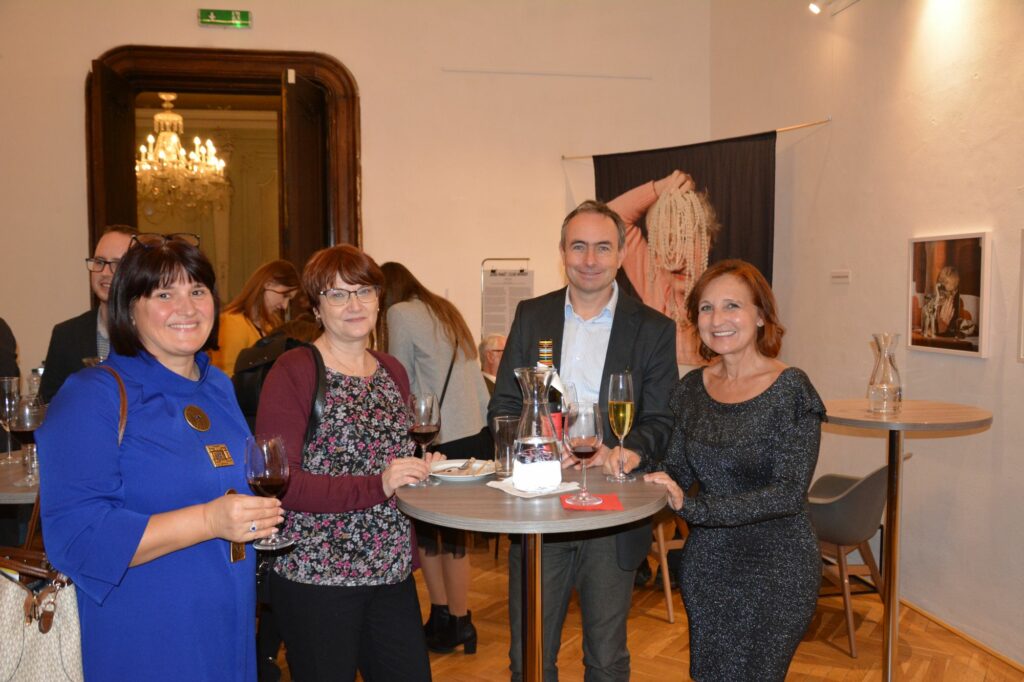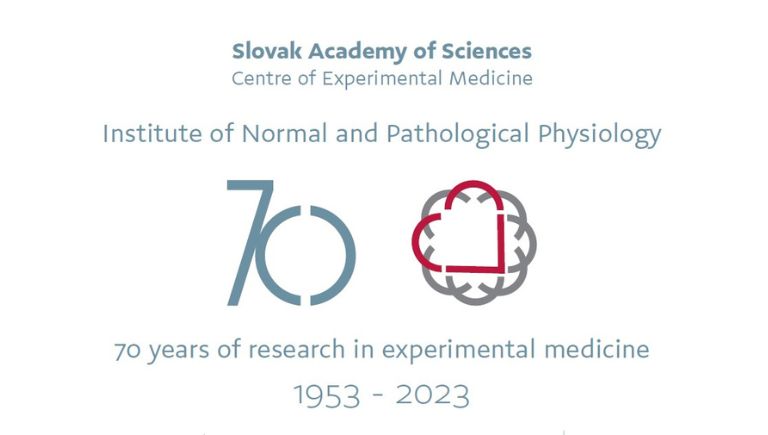
On the 20th of November, we commemorated the 70th anniversary of the establishment of the Institute of Normal and Pathological Physiology, and together with former and current colleagues, co-workers and friends, we discussed the milestones of our Institute and a number of shared experiences. On this occasion, the director of the Institute, Soňa Čačányiová, presented commemorative medals to several important personalities who contributed to the success of the Institute with their work.
Read more: The Institute of Normal and Pathological Physiology celebrated its 70th anniversary
On November 9, 1953, several professors from the Faculty of Medicine, Comenius University in Bratislava met at the General Assembly of the Slovak Academy of Sciences and laid the foundations of today’s Institute in the form of six separate laboratories: Laboratory of Neurophysiology, Lab of Clinical Physiology of Higher Human Nervous Activity, Lab of Brain Electrophysiology, Lab of Experimental Cytology, Lab of Experimental Hygiene, and Lab of Experimental Surgery. The laboratories were first located in their original workplaces at the Faculty of Medicine, but in 1957 they moved to a building on Sienkiewiczova Street and became departments of the Institute of Experimental Medicine of the Slovak Academy of Sciences.
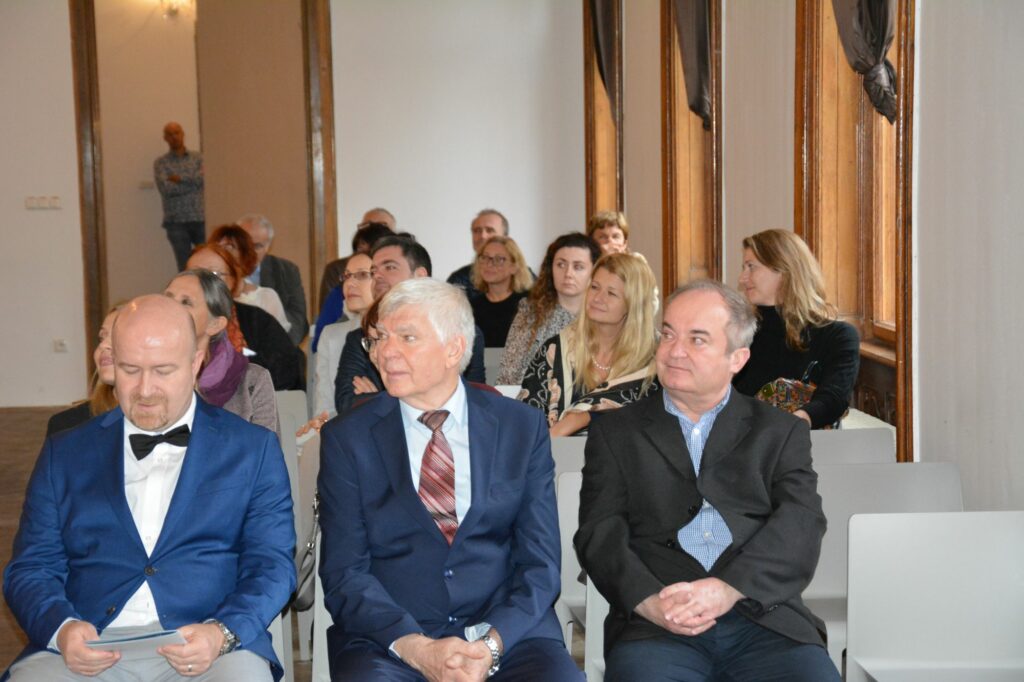
Academician at SAS and professor of physiology at the Faculty of Medicine Juraj Antal, who is often called the father of Slovak physiology, became the first director. He led the institute until 1969. In 1965, the departments of experimental hygiene and surgery were separated as separate institutes, and the institute was renamed the Institute of Normal and Pathological Physiology. Pavel Duda, Eva Kellerová, Vladimír Smieško, Fedor Jagla, Oľga Pecháňová, Iveta Bernátová and Soňa Čačányiová gradually became the directors of the Institute. From the focus of the scientists, two supporting directions of research aimed at the cardiovascular and nervous systems emerged. In 2018, the Institute merged with the Institute for Heart Research and the Institute of Experimental Pharmacology and Toxicology and created the Centre of Experimental Medicine.
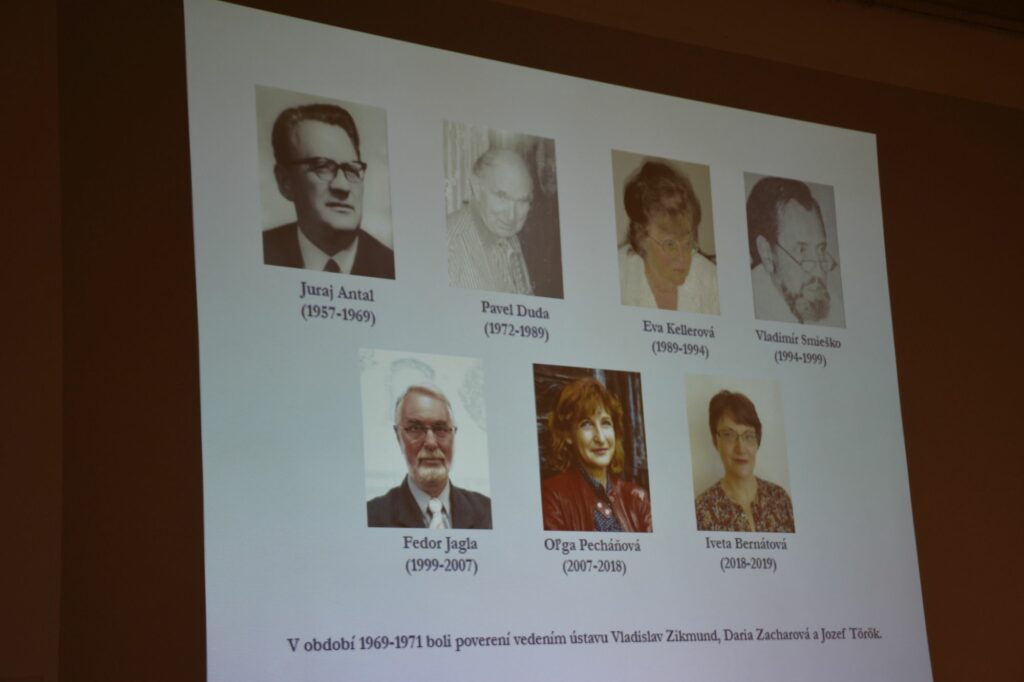
The Institute is focused on basic research in the field of experimental medicine, especially normal and pathological physiology, with regard to the cardiovascular and nervous systems. The subject of the institute’s research is primarily the mechanisms of blood pressure and blood circulation regulation, the structure of the cardiovascular system, information processing processes in the human brain, and mechanisms for maintaining balance during standing and walking. The Institute cooperates with several scientific and clinical centers in Slovakia and abroad.
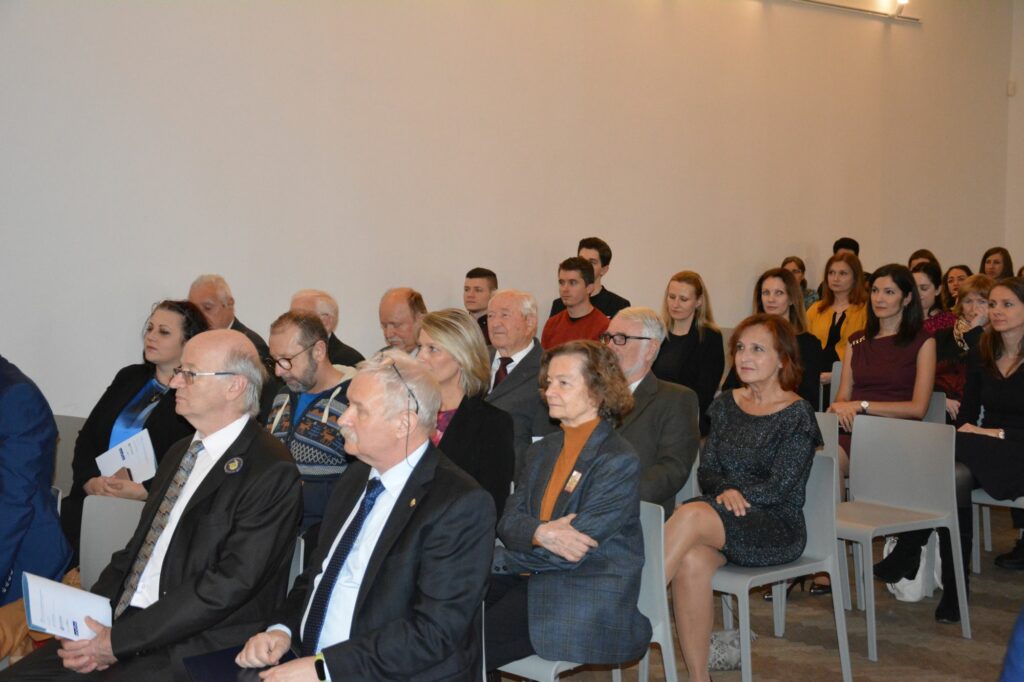
The Institute building on Sienkiewiczova Street was built in 1906 in an eclectic style as the Palace of the Workers’ Health Insurance Company (founded in 1892) according to the project of the prominent designer Eugen Schiller. The building housed the offices of the insurance company and the meeting hall of the board of directors, medical examiner’s clinics and hydrotherapy facilities. It belongs to the protected cultural monuments of the Slovak Republic.
